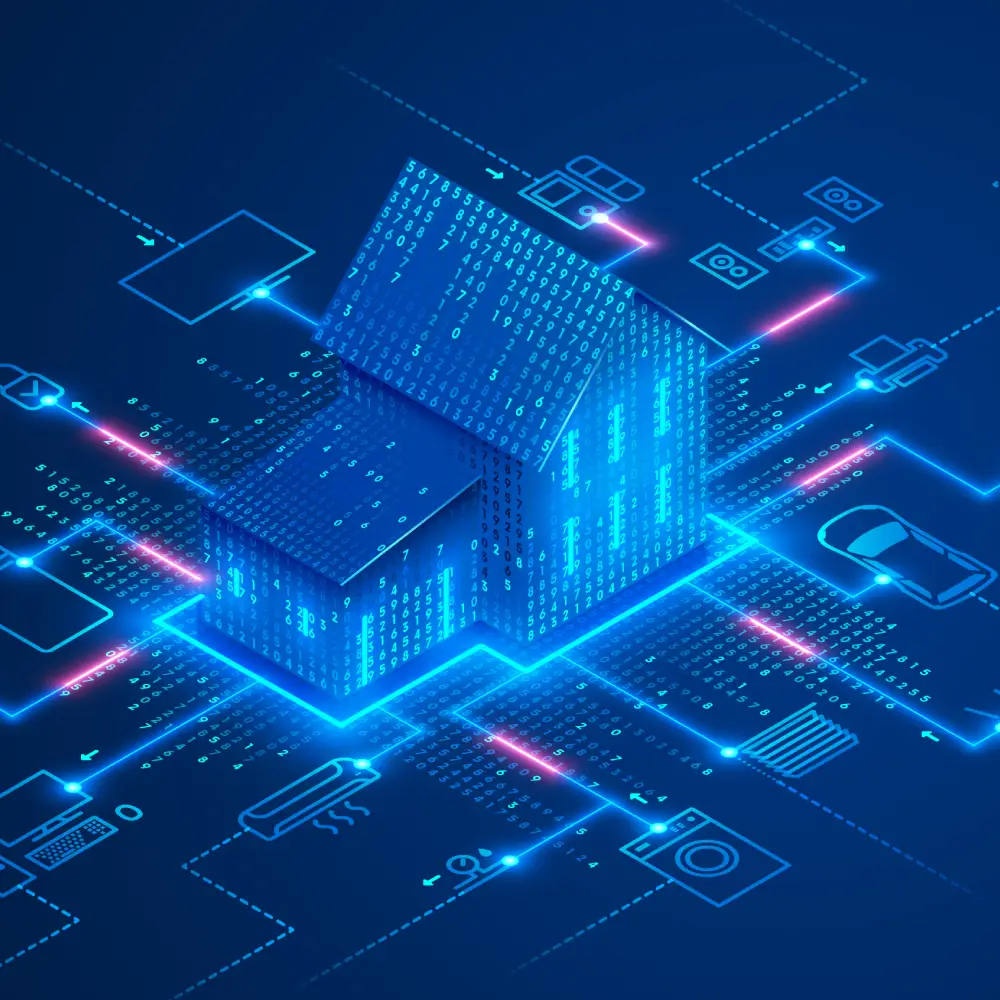From the moment you wake to when you sleep, AI quietly shapes your day—optimizing health, work, travel, and leisure while raising big questions about ethics and responsibility.

Imagine waking up not to a blaring alarm, but to a gentle nudge—your smart mattress has tracked your sleep cycles and chosen the perfect moment to stir you. The lights warm up, the thermostat adjusts, and your coffee begins brewing—all before you’ve opened your eyes.
Welcome to the age of ambient intelligence, where Artificial Intelligence (AI) isn’t a tool we use—it’s the invisible conductor of our daily symphony.
Download practical resources to make AI easier, faster, and more useful — starting now.

Global Impact: In developing regions, AI apps offer hygiene reminders and educational nudges, improving public health and literacy.
Navigation Apps
Google Maps, Waze, etc., analyze real-time traffic, historical patterns, and crowd-sourced data to suggest the fastest, least congested routes—reducing emissions by up to 25%.
Autonomous Vehicles
(Tesla, Waymo) use computer vision and predictive modeling to handle braking, lane changes, and navigation.
Smart Cities
like Bengaluru use AI to optimize traffic signals, cutting wait times and improving urban flow.
Stat Insight: AI-driven logistics improve delivery efficiency by 26–40%, especially in emerging markets.
As the sun climbs higher, AI slips into its most industrious role: the invisible colleague. Whether you’re in a skyscraper, a classroom, or a factory floor, AI is quietly reshaping how work gets done.
In a bustling hospital, a radiologist reviews chest scans. But before she even zooms in, an AI model has flagged potential nodules with 94% accuracy—trained on millions of global cases.
In a classroom in Pune, a teacher uses an AI dashboard to track student engagement. One child struggles with fractions—so the system suggests a gamified module tailored to their pace.
At a startup in Bengaluru, a digital marketer launches a campaign. AI analyzes audience sentiment, A/B test results, and competitor moves—then recommends a new slogan that boosts click-through rates by 37%.
In a biotech lab, a researcher feeds molecular data into an AI model. Within hours, it suggests three viable compounds for a new antiviral—work that would’ve taken months manually.
On a factory floor in Gujarat, sensors feed data into an AI system that predicts machine failure 48 hours in advance. Maintenance is scheduled, production continues uninterrupted.
In a law firm, an associate uploads a 60- age contract. AI scans for risky clauses, compares with past cases, and flags inconsistencies—all in under five minutes.
Each profession dances with AI in its own rhythm—some subtly, others boldly. But together, they form a new choreography of productivity, precision, and possibility.
After work, AI shifts into curator mode:
As the day closes, AI helps you rest and recharge:
Sector | AI Contribution | Global Example |
|---|---|---|
Healthcare | Predictive diagnostics | IBM Watson detecting cancer early |
Agriculture | Precision farming | Drones identifying pests and irrigation |
Finance | Fraud prevention | Aladdin by BlackRock for investments |
Education | Personalized learning | Duolingo adapting to student pace |
Economic Forecast: AI could contribute $13–15.7 trillion to global GDP by 2030
AI’s rise isn’t without shadows:
Up to 300 million roles may be affected globally.
Data surveillance and misuse remain critical threats.
AI can amplify historical discrimination if not carefully trained.
Solution: Responsible AI—transparent algorithms, explainable models, and human oversight—must guide this evolution.
AI isn’t a distant future—it’s the quiet partner already shaping our present. From waking to sleeping, it enhances comfort, boosts productivity, and even saves lives. But like any powerful tool, it demands responsibility. The challenge isn’t to resist AI—it’s to steer it wisely, ensuring its symphony benefits all of humanity.